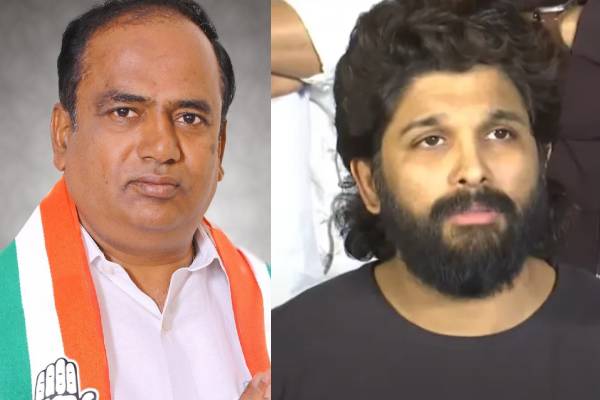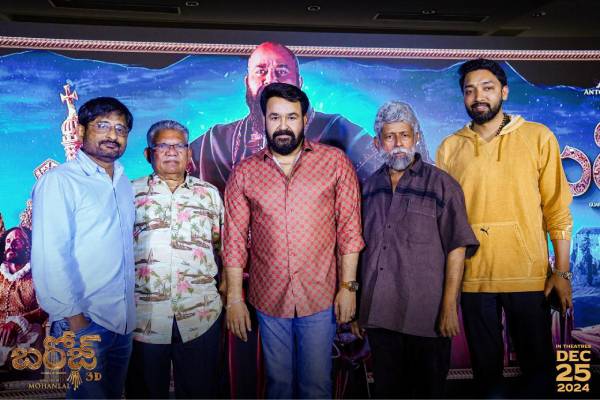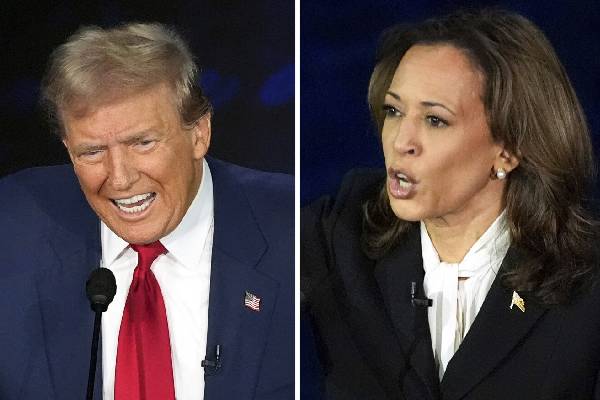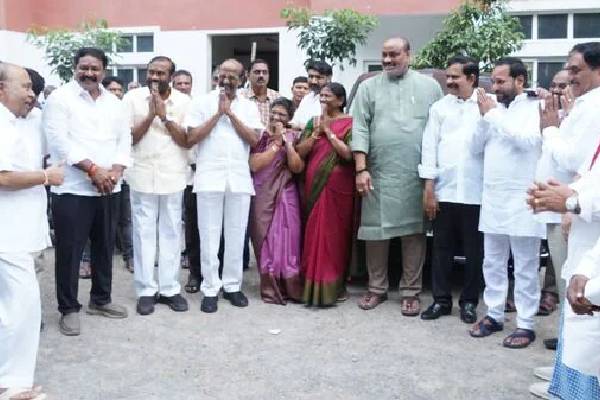The United States stands at a historic crossroads as it prepares to elect its 47th president in 2024. This momentous election extends far beyond the presidential race, encompassing all 435 House seats, 34 Senate seats, 13 governor races, and 159 state ballot measures across the nation. The stakes have never been higher, with both sides describing it as the most crucial election of their lifetimes.
Main Candidates
The Democratic Party has nominated current Vice President Kamala Harris, age 60, positioning her to potentially become the first woman and first woman of color to serve as president in America’s 248-year history. Harris brings extensive experience as a former senator, California attorney general, and San Francisco prosecutor.
On the Republican side, former President Donald Trump, age 78, returns for his third consecutive White House bid. As the oldest major party nominee in history, Trump continues to challenge the 2020 election results and faces multiple legal challenges. The race also features Chase Oliver representing the Libertarian Party, Jill Stein running under the Green Party banner, and independent candidate Cornel West, each offering alternative visions for America’s future.
How Voting Works
The traditional concept of a single election day has evolved into an extended voting season. Most states now offer early voting options, including mail-in ballots and in-person early voting locations. Military personnel and overseas voters receive special accommodations under federal law. The main event occurs on November 5, 2024, when polling places nationwide open their doors for in-person voting.
Battleground States
Seven crucial states hold the key to victory in 2024: Arizona, Georgia, Michigan, Nevada, North Carolina, Pennsylvania, and Wisconsin. Pennsylvania, carrying 19 electoral votes, stands as the ultimate prize. These battleground states have become the focus of intense campaigning, with both Harris and Trump crafting specific strategies to appeal to diverse voter demographics within each region.
Major Election Issues
Abortion rights have emerged as a central issue in the first presidential election since the Supreme Court overturned Roe v. Wade. Harris advocates for national protection of reproductive rights, while Trump maintains it should remain a state-level decision. Ten states will vote on abortion-related measures, potentially driving higher voter turnout.
Democracy itself has become a campaign focal point, with debates centered on election integrity, voting rights, and the aftermath of January 6. Economic concerns persist despite strong growth indicators, with both candidates offering contrasting visions for tax policy and job creation. Immigration remains contentious, with sharp differences between Harris’s bipartisan approach and Trump’s strict enforcement promises.
Current Status
Recent polls show Harris and Trump deadlocked at 48% each, reflecting an extraordinarily tight race. Swing state surveys reveal razor-thin margins that could tip either way. Political analysts remain cautious about predictions, though historian Allan Lichtman, known for his accurate forecasting model, gives Harris an edge.
Indian American Vote in Focus
The traditional Democratic loyalty of Indian American voters appears to be wavering in 2024. A recent Carnegie Endowment survey reveals a significant drop in Democratic Party identification among Indian Americans, falling to 47% from 56% in 2020. Vice President Harris, despite her Indian heritage, commands only 60% support from a community that gave Biden nearly 70% of its votes four years ago.
Generational Divide
The shifting political landscape reveals unexpected patterns within the 5-million-strong Indian American community. Contrary to conventional wisdom, it’s young…
-Sanyogita


































